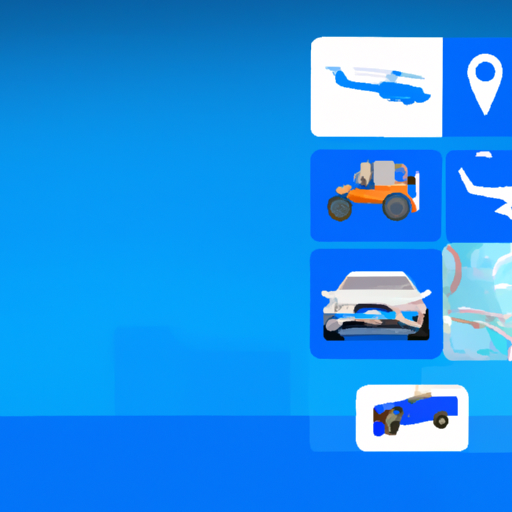Unleash the Power of Web3: Uncover the Core Principles of Innovation
The Evolution of Web3 Technology

The Evolution of Web3 Technology
In recent years, the world has witnessed a rapid evolution in technology, particularly in the realm of the internet. From the early days of static web pages to the dynamic and interactive websites of today, the internet has come a long way. One of the latest advancements in this field is Web3 technology, which promises to revolutionize the way we interact with the internet and each other.
Web3 technology is the next generation of the internet, built on the principles of decentralization, transparency, and user empowerment. It aims to address the shortcomings of Web2, the current state of the internet, by providing a more secure, private, and user-centric experience. To understand the core principles of Web3 innovation, it is essential to delve into its evolution and the problems it seeks to solve.
Web1, the first iteration of the internet, was primarily a one-way communication channel. Users could access information and consume content, but there was limited interactivity. This changed with the advent of Web2, which introduced user-generated content, social media, and e-commerce. Web2 enabled users to actively participate, create, and share content, leading to the rise of platforms like Facebook, Twitter, and YouTube.
However, Web2 also brought about several challenges. Centralization became a significant concern as a handful of tech giants gained control over vast amounts of user data. Privacy breaches, data manipulation, and censorship became all too common. Moreover, the reliance on intermediaries for transactions and interactions introduced inefficiencies and vulnerabilities.
Web3 technology aims to address these issues by leveraging blockchain and decentralized technologies. Blockchain, the underlying technology behind cryptocurrencies like Bitcoin, is a distributed ledger that enables secure and transparent transactions without the need for intermediaries. By decentralizing control and ownership, Web3 seeks to empower users and restore trust in the digital realm.
One of the core principles of Web3 is decentralization. Unlike Web2, where power is concentrated in the hands of a few, Web3 aims to distribute control and ownership among its users. This decentralization ensures that no single entity has complete control over the network, making it more resistant to censorship and manipulation.
Transparency is another key principle of Web3. With blockchain technology, all transactions and interactions are recorded on a public ledger, visible to anyone. This transparency fosters trust and accountability, as users can verify the authenticity and integrity of data. It also enables new business models, such as decentralized finance (DeFi), where financial transactions can be conducted without the need for traditional intermediaries.
User empowerment is at the heart of Web3 innovation. Web2 platforms often exploit user data for profit, without providing adequate control or compensation. Web3 seeks to change this by giving users ownership and control over their data. Users can choose to share their data selectively and even monetize it if they wish. This shift in power puts users back in control of their digital lives.
In conclusion, Web3 technology represents the next phase of internet evolution, addressing the shortcomings of Web2 and offering a more secure, private, and user-centric experience. By embracing decentralization, transparency, and user empowerment, Web3 aims to revolutionize the way we interact with the internet and reshape the digital landscape. As this technology continues to evolve, it holds the potential to transform industries, empower individuals, and create a more inclusive and equitable digital future.



